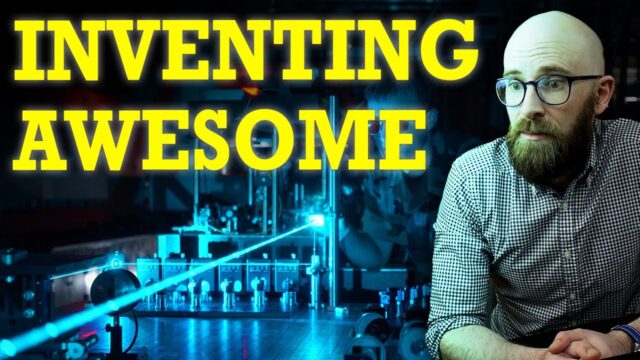“Unlocking the Light: The Genius Behind Lasers and Their Astonishing Secrets Revealed!”
In 1953, American physicists Charles Townes and of Columbia University succeeded in using microwaves to achieve Einstein’s stimulated emission on a practical scale. To accomplish this, Townes bombarded ammonia molecules with microwaves inside a resonant cavity. This caused ammonia molecules to release microwave photons, which then stimulated other molecules to release identical photons and so on, creating a cascade effect that released a focused beam of microwaves all at the same frequency and phase. Townes dubbed his creation the maser, short for Microwave Amplification via the Stimulated Emission of Radiation. The key to the maser’s operation was a phenomenon known as population inversion, in which a large enough proportion of the atoms in a substance are pushed away from Boltzmann equilibrium to allow stimulated emission to predominate. The theoretical possibility of this method had already been predicted by Soviet physicist Valentin Fabrikant in his 1940 doctoral thesis, but his findings were largely ignored.
At the same time as Townes, Soviet physicists Aleksandr Prokhorov and Nikolay Basov of Moscow’s P.N. Lebedev Physical Institute independently demonstrated the principle of the maser. For their groundbreaking discovery, all three would share the 1964 Nobel Prize for Physics.
Townes used his maser to perform microwave spectroscopy, measuring how different substances absorbed or transmitted various frequencies of microwaves to probe their inner structure. As shorter wavelengths yielded more accurate results, Townes began to wonder whether the frequency range of the maser could be extended into the infrared or even visible light range. Together with his brother-in-law Arthur Schawlow and graduate student Gordon Gould, Townes further developed the theory of the “optical maser,” publishing a seminal paper on the subject in the December 15, 1958 issue of the journal Physical Review. Meanwhile, in 1959 Gould wrote and submitted a patent application, in which he replaced the word “microwave” with “light” to coin the acronym Light Amplification via the Stimulated Emission of Radiation – or “laser” for short. However, Gould’s application was rejected in favour of a patent filed by Townes and Schawlow the following year. As we shall later see, this resulted in a fierce legal battle lasting nearly 30 years.










